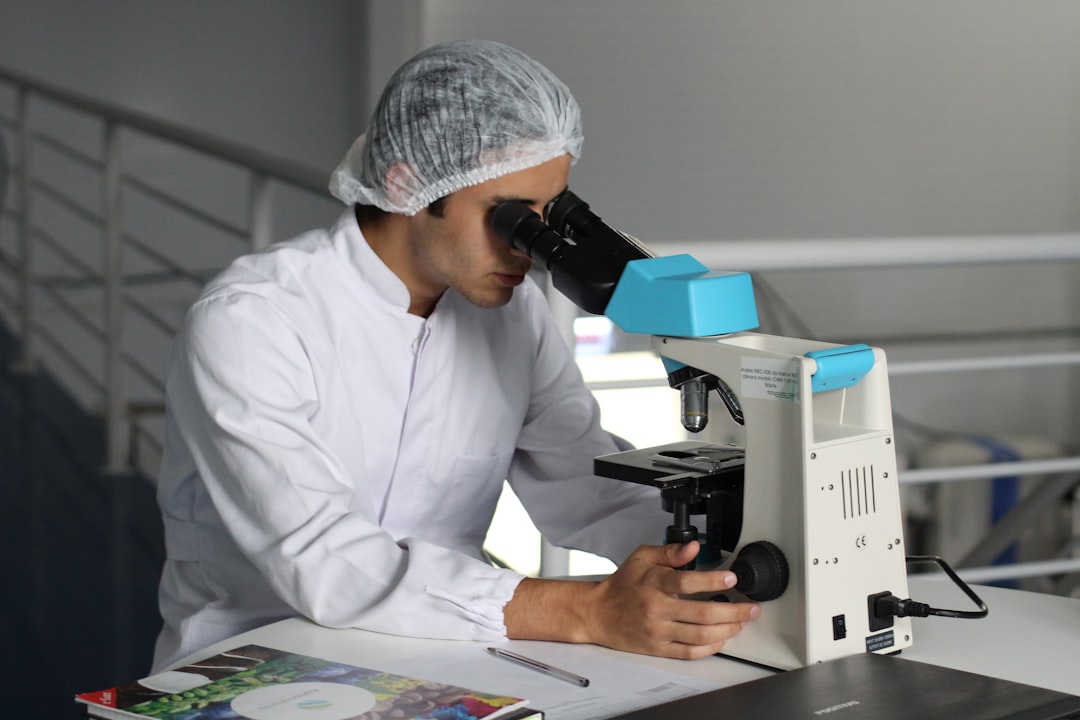What is it about?
Recently, it has been shown that coriander leaf extracts can mediate the synthesis of metallic nanoparticles through oxidation/reduction reactions. In the present study, extracts of coriander leaves and seeds have been used as reaction media for the wet chemical synthesis of ultrafine silver nanoparticles and nanoparticle clusters. In this greener route of nanostructure preparation, the active biocompounds of coriander simultaneously play the roles of reducing and stabilizing agents.
Featured Image
Why is it important?
Crystalline ultrafine Ag nanoparticles and supramolecular Ag structures have been synthesized at room temperature using aqueous solutions of AgNO3 and extracts of coriander leaves and seeds. Such structures exhibit size-dependent plasmon extinction bands and enhanced bactericidal activities against both Gram-positive and Gram-negative bacteria with minimal inhibitory Ag concentrations lower than the Minimal inhibitory concentration (MIC) values reported in the literature for Ag nanoparticles, probably due to the synergy of the bactericidal activities of the Ag nanoparticle cores and their capping ligands.
Read the Original
This page is a summary of: Microstructural, spectroscopic, and antibacterial properties of silver-based hybrid nanostructures biosynthesized using extracts of coriander leaves and seeds, International Journal of Nanomedicine, September 2016, Dove Medical Press,
DOI: 10.2147/ijn.s105166.
You can read the full text:
Contributors
The following have contributed to this page










